It's International Drone Day – but has the golden age of UAVs been and gone?
Consumer drone tech is better than ever, but now everyone (and the authorities) have noticed, are they still exciting?
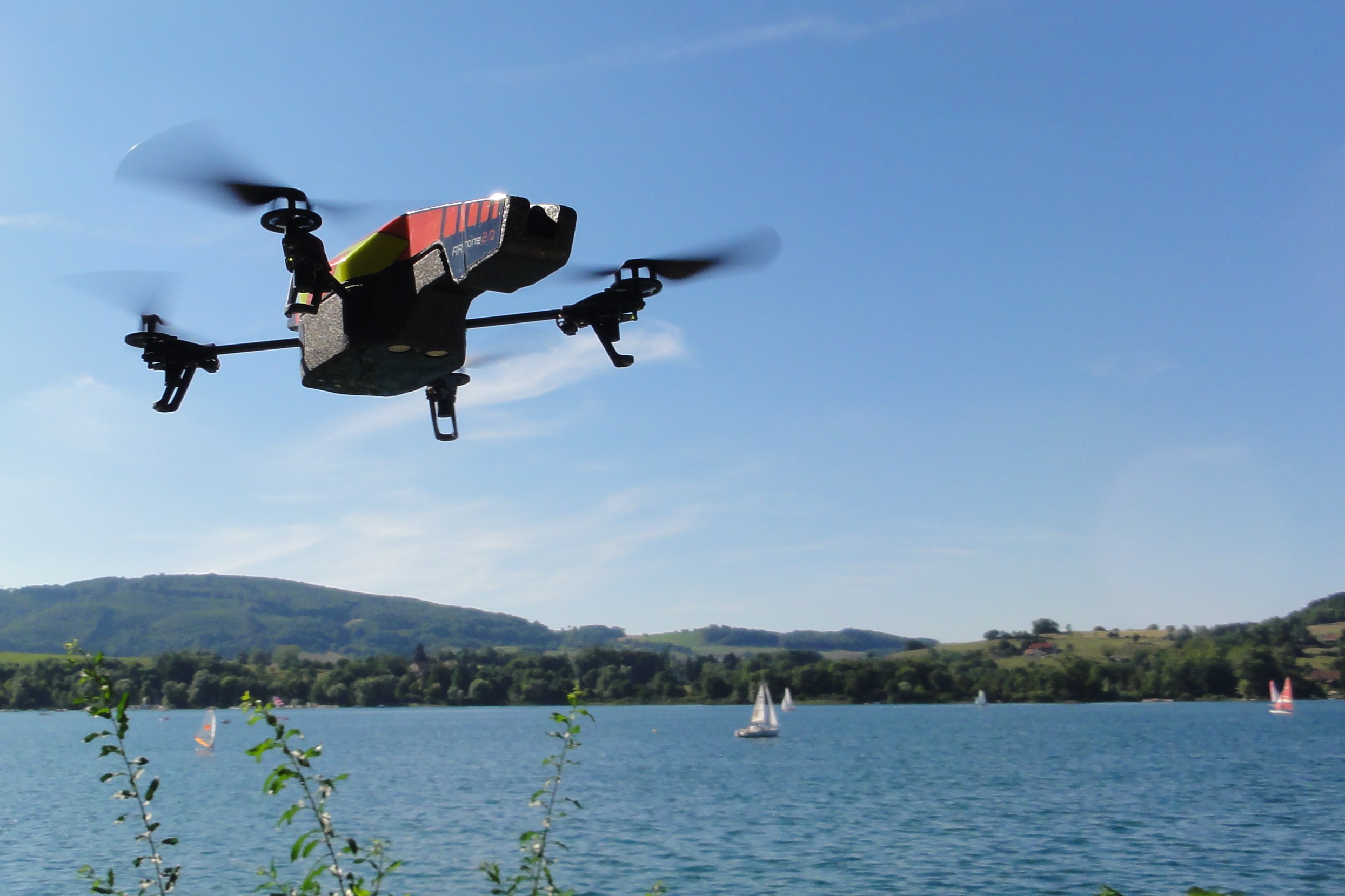
It's International Drone Day and I have to ask, "Is the golden age of drones already behind us?" It's not that the tech is getting worse; it's better than ever. But I am starting to feel that we've passed Max-Q; the pressure to improve is slackening off while rules (and irresponsible pilots) are spoiling things for everyone.
When I was first getting into what we now call drones, the emerging community hated the word 'Drone.' Hated it. There were connotations of the Predator and Reaper unmanned aerial vehicles (UAVs) which had dropped thousands of bombs in Iraq. Their use was, at best, unsporting in military terms. Very few enthusiastic hobbyists playing with electronics and software wanted the association.
Now most of us hear 'drone' and picture a small radio-controlled quadcopter and war – until recently at least – was off the agenda. Instead, there was a series of innovations that quickly took the tech from niche to mainstream. It was relentlessly exciting, with something new coming all the time, but perhaps the most significant step belongs to the Parrot AR.Drone, the darling of CES 2010.
Before video product launches, when the world's tech journalists congregated in Las Vegas's giant exhibition center, it was actually possible to surprise us with new tech. Especially if you had to duck out of its way! That's how this now giant-seeming quadcopter (it was 503mm, or 20in, in diameter) met the world. It also owed its existence to the then-new App Store, since the remote controller was the iPhone. Amazing (well, it was then, okay!)
It wasn't that their ideas were completely new. A "Mr RC-CAM" had described such a device in 1999 on an MSN group (like a forum, but even before them). The tech was enthusiastically developed by 'hackers' to the point that transmitters and goggles were available to the hobby community in 2007. At the time as popular with RC car drivers as it was with planes.
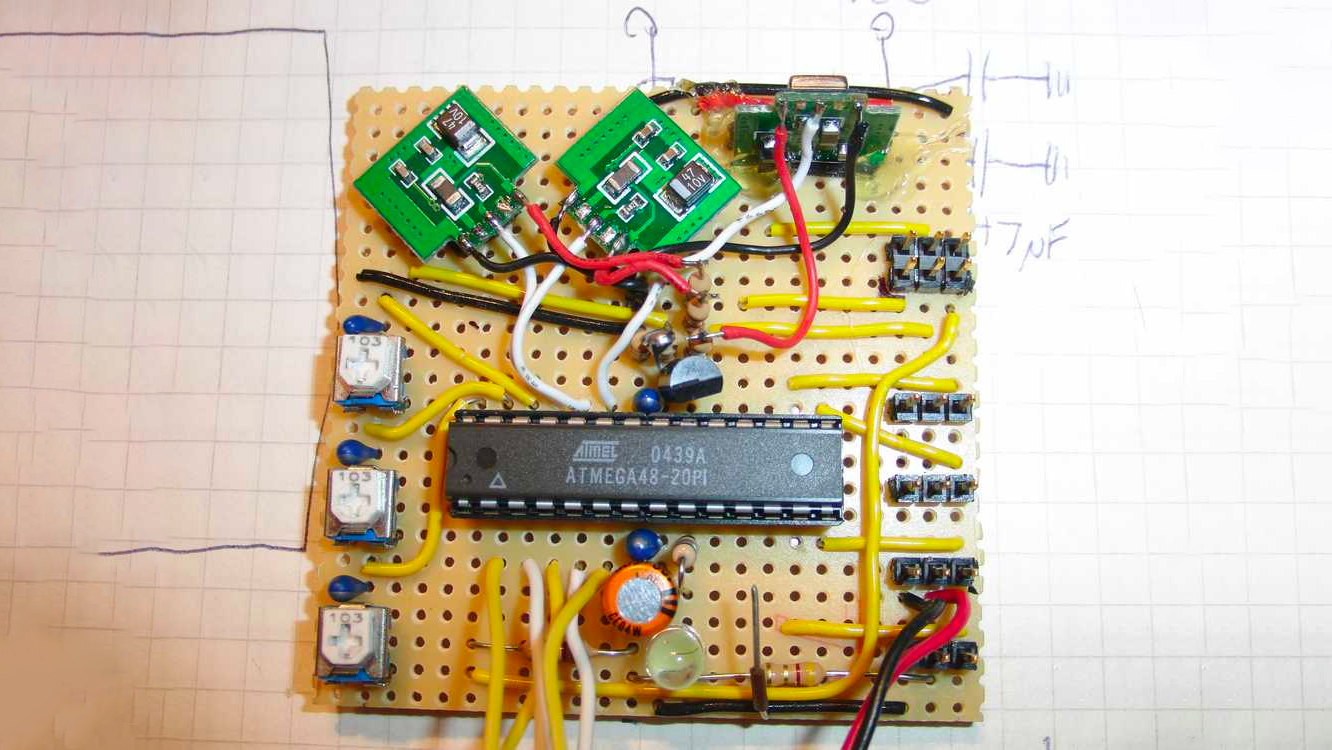
The other half of the tech equation was the compact gyros and computers able to act as 'flight controllers' that could level an arrangement of four propellers. The first was the Draganflyer in 1999, but it was a full decade before anyone showed much interest. It didn't help that a certain amount of self-assembly was needed for the first flight controllers. One hacking site recommended using the gyros from Wii controllers to build drone controllers.
In less time than it took for Parrot to establish worldwide sales channels for its very consumer product, another company reacted to the community demand. DJI. If you follow drones, you might have heard of them! DJI entered the ready-made flight controller market with a compact box called the NAZA, which I used to build my first hexacopter (yes, the first quad I'd recently assembled, from wood, wasn't big enough!)
Get the Digital Camera World Newsletter
The best camera deals, reviews, product advice, and unmissable photography news, direct to your inbox!
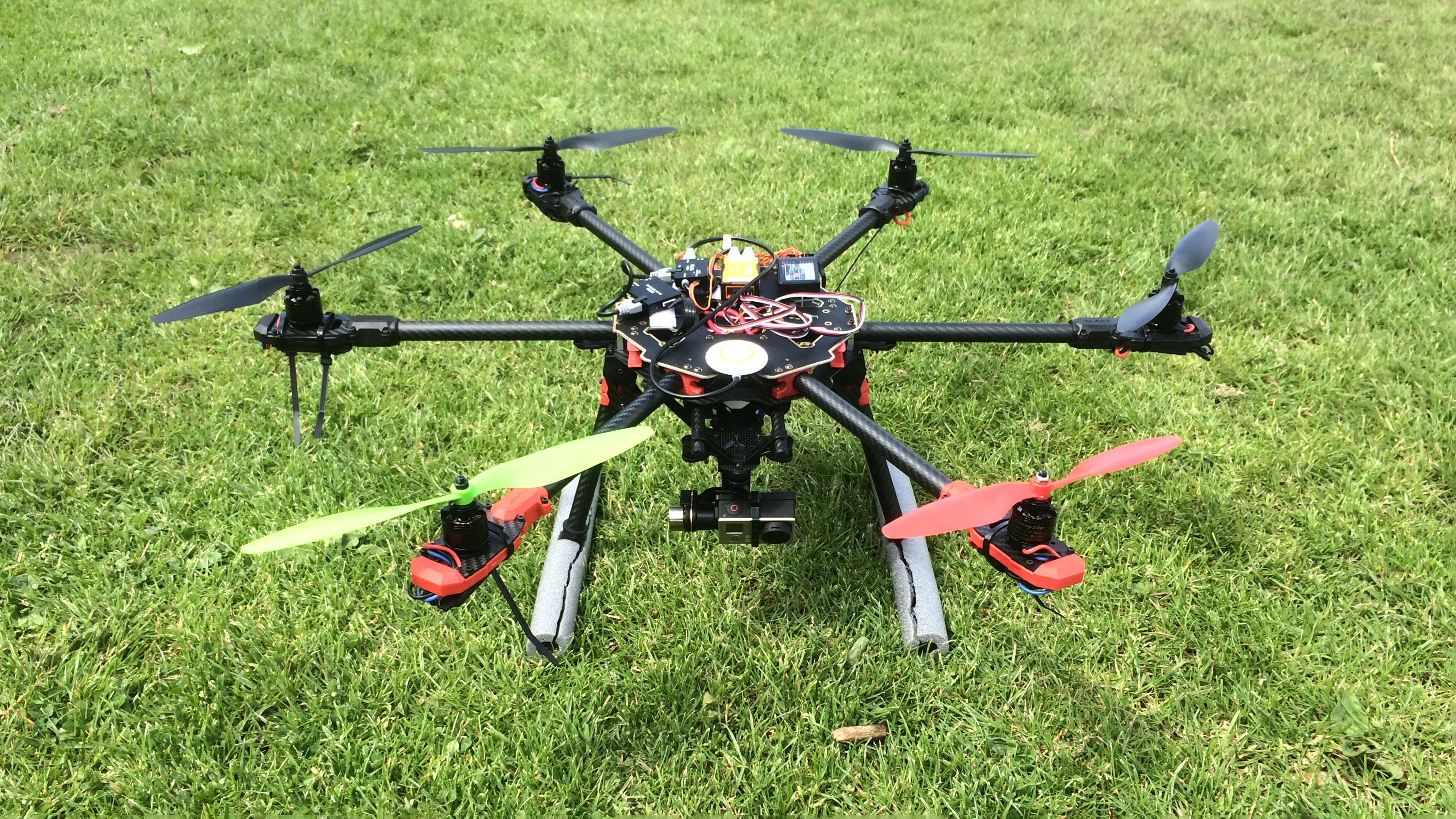
In 2013 DJI would go on to build a quadcopter using the same card, as well as create a remote controller for it. Quickly after they created a mount for a GoPro. Then a stabilized one. Then their own built-in camera. Meet the Phantom 2, in October 2013. Arguably that already marked the end of rapid development, but the actual experience was somewhat different. The wider world was only just beginning to get a handle on the drone community and there was plenty more momentum – in every sense – in the FPV world.
By 2015 the excitement around drones was such that it was spreading beyond geek-thusiasts. The now-defunct That Drone Show had appeared, and – while it didn't live past 2017 – it did instigate a popular idea, International Drone Day, which permeated the enthusiast community and led to hundreds of mini air shows in fields around the world. At each, enthusiasts would share their skills and knowledge with curious locals, not to mention the media.
For me, that was probably the golden age. After that point, there were enough fliers and enough consumer products that aviation authorities had to get involved. In the UK, for example, there had been decades of safe flight by members of the British Model Flyers Association (BMFA), many flying planes and helicopters with small petrol engines. Self-policing was no longer practical. There was also enough interest that my Complete Guide to Drones book was commissioned!
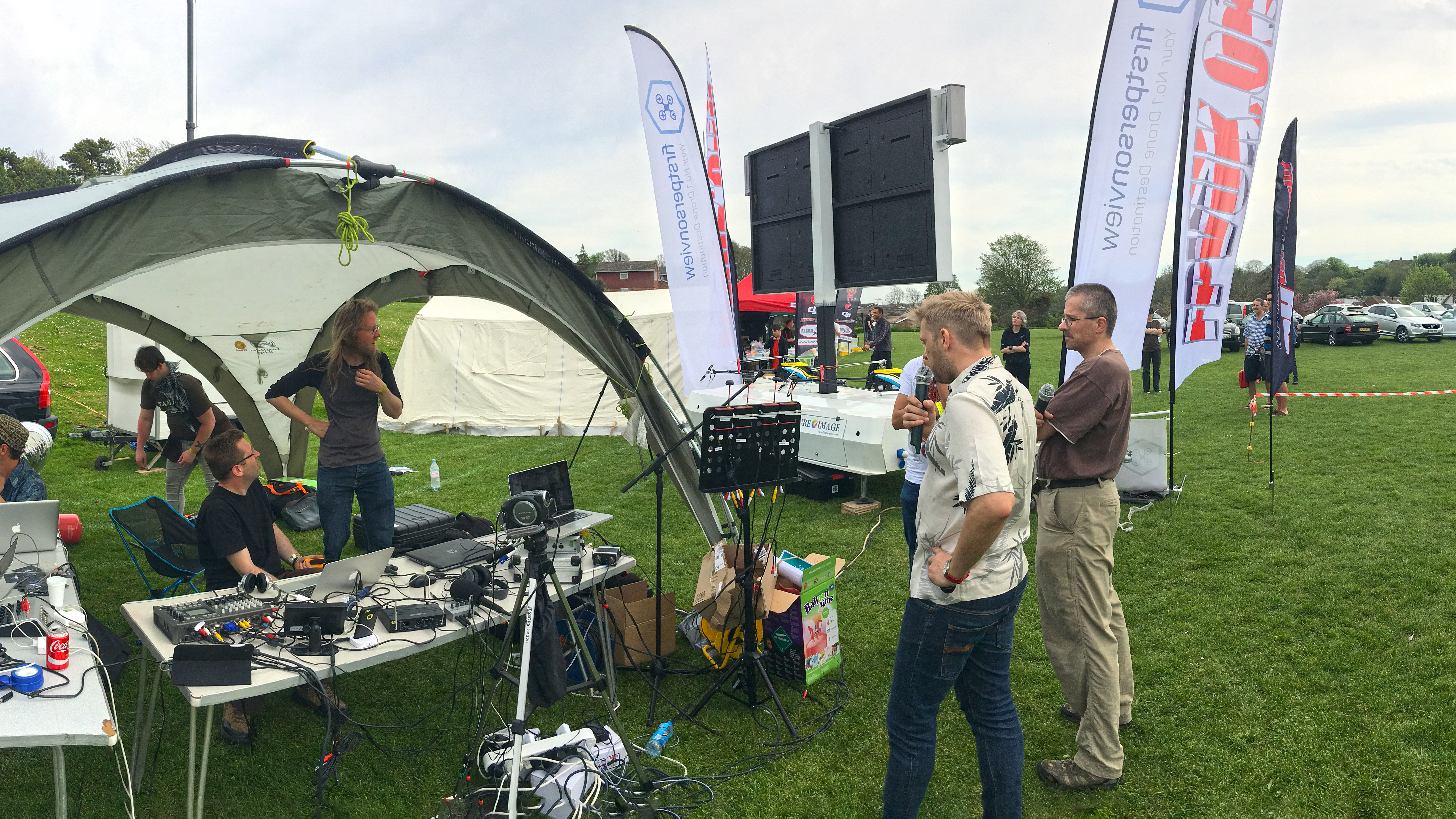
A year after that first International Drone Day saw the arrival of the Mavic Pro, a folding airframe design that has, let's say 'influenced' almost all subsequent consumer and pro drones. Sure, it's been refined. But most drones did start to look a bit 'samey.'
Now the excitement – the next golden age – comes from software and sensor developments. Yes, AI is on the agenda here too. But this time it's cool; witness the Skydio. This is a drone that can follow you as you charge between the trees on a BMX, plotting its own course. You can also pre-program and repeat flight paths, a feature that is not technically difficult but has been gently removed from most consumer drones.
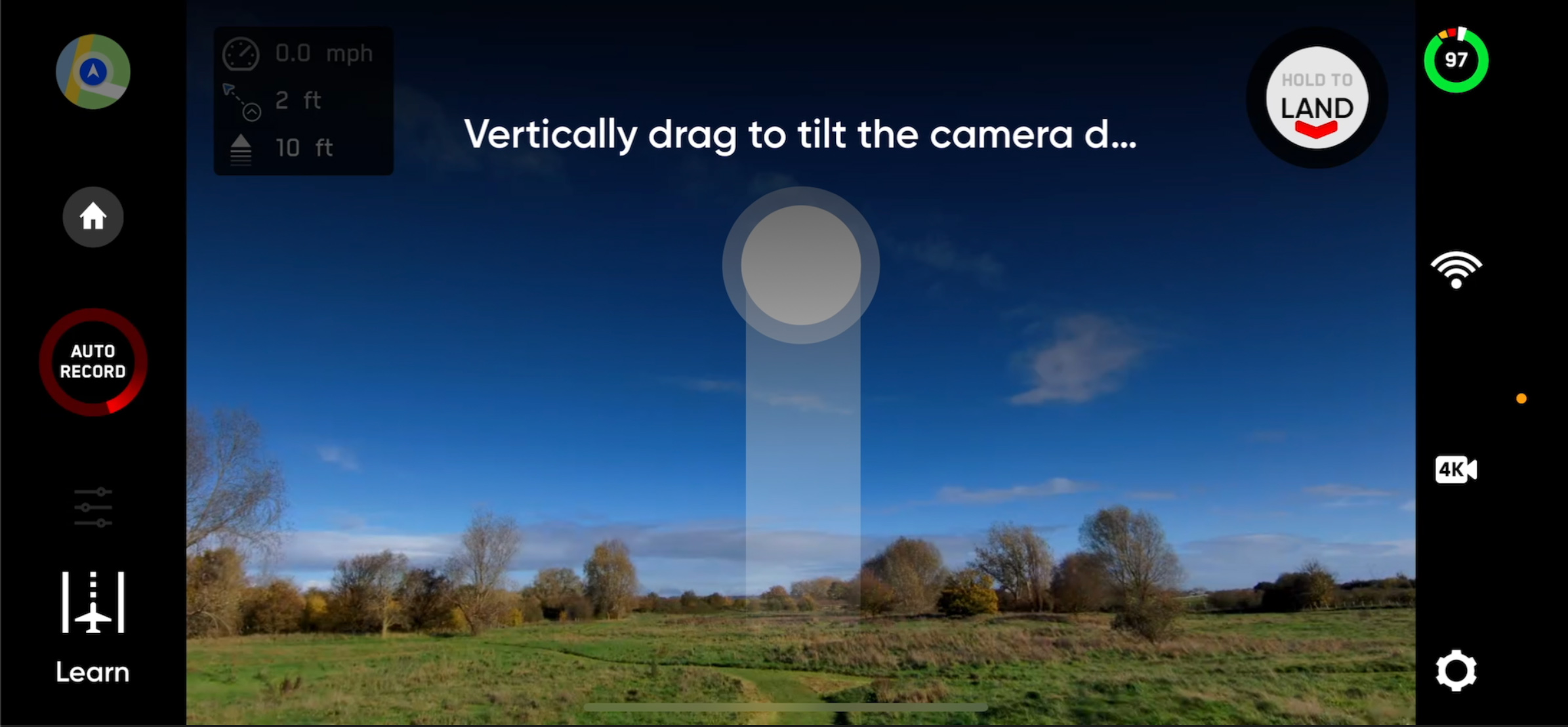
The Skydio seems to represent a kind of hope that drones might keep developing. In the smart flight area, at least, they're winning. I, for one, hope that they're forced to compete with DJI rather than enjoy a helping hand from the US government's trade restrictions. Sadly, though, trade embargos aren't the worst story drones are now associated with, as consumer drones are now being adapted on an industrial scale to be put to use in Ukraine.
It's sad to see images of what looks like my old hobby soldering desk featuring similar-looking projects, but which have rather less peaceful goals. Not only that but the very nature of FPV video means the clips are being widely shared, just as twenty years ago.
Perhaps it's naive to want the term drone associated with spectacular, seemingly impossible videos of mountainsides and nature. Of flying for pleasure and creation. To think in terms of megapixels rather than megatons. But it was definitely something I was happier to be associated with. There is excitement in drones, but the next golden age will be in delivery tech and beyond-line-of-sight flying, so it'll involve more paperwork.
That's not all bad though. Things settling a bit might mean it's a good time to join the fun. The stability of DJI's line that the new Mavic 3 Pro suggests certainly seems to agree with that.
Fun fact: International Drone Day 2023 coincides not only with the coronation of Charles III in the UK, but with World Naked Gardening Day. I'm going to leave that option alone, but instead suggest it's time to look at the best camera drone for you. The fun is still there to be had (albeit a bit more reliably) as the best FPV drones demonstrate.

With over 20 years of expertise as a tech journalist, Adam brings a wealth of knowledge across a vast number of product categories, including timelapse cameras, home security cameras, NVR cameras, photography books, webcams, 3D printers and 3D scanners, borescopes, radar detectors… and, above all, drones.
Adam is our resident expert on all aspects of camera drones and drone photography, from buying guides on the best choices for aerial photographers of all ability levels to the latest rules and regulations on piloting drones.
He is the author of a number of books including The Complete Guide to Drones, The Smart Smart Home Handbook, 101 Tips for DSLR Video and The Drone Pilot's Handbook.
